AguycalledSimon
pfm Member
awkwardbydesign, that's a little disappointing? not at all awkward! Please consider changing to "accommodatingbydesign" 
Sure, i see no reason not to use PTFE or similar - i used kapton because I had some, but i do like both the transparency and also the minimal thickness. as you will see shortly, i don't wind in a spiral, though - just one long run along the length - as the tape i use is a little over twice the width of the foil, the excess can be bent to cover the other side of the foil, so one strip of tape fully insulates both sides in one go - i just see this as simpler, neater and quicker to do. It will be better explained in the next episode (i hope)
regarding directionality, i was not trying to indicate that one way was correct and the other wrong - rather just that it sets the live and return in opposing directions, based on the way they came off the spool. My plugs are colour-coded to show which is used for the source (grey plug is source, black plug is receive - this is not the same colour shown in the 3D above but is what i show in the kit pictures), so they always end up being used in the same direction - as you say, i feel its more about burn-in and "aligning the crystals", so that, as you say, they were always consistently run in the same direction as they were during burn-in. I have some background in auditing manufacturing processes, and although i don't know Mundorf in that way, i would be pretty surprised if it was not always the same from them, not because they necessarily think its better, but purely from a manufacturing efficiency perspective, it is easier to set up the line to run consistently the same way
I saw and considered the star line when i was looking at the Eichmanns, and there are certainly some similarities and they look like a good alternative. Because the connectors are rounded, though, they are more suited (in my view) to coax than foils - the Eichmann connectors are flat lugs, with a divider between them, that makes them work nicely with foils, although i see no reason that the Star Line could not work, if you did a little 'shaping' of the foil, to make a better connection to the pin
Sure, i see no reason not to use PTFE or similar - i used kapton because I had some, but i do like both the transparency and also the minimal thickness. as you will see shortly, i don't wind in a spiral, though - just one long run along the length - as the tape i use is a little over twice the width of the foil, the excess can be bent to cover the other side of the foil, so one strip of tape fully insulates both sides in one go - i just see this as simpler, neater and quicker to do. It will be better explained in the next episode (i hope)
regarding directionality, i was not trying to indicate that one way was correct and the other wrong - rather just that it sets the live and return in opposing directions, based on the way they came off the spool. My plugs are colour-coded to show which is used for the source (grey plug is source, black plug is receive - this is not the same colour shown in the 3D above but is what i show in the kit pictures), so they always end up being used in the same direction - as you say, i feel its more about burn-in and "aligning the crystals", so that, as you say, they were always consistently run in the same direction as they were during burn-in. I have some background in auditing manufacturing processes, and although i don't know Mundorf in that way, i would be pretty surprised if it was not always the same from them, not because they necessarily think its better, but purely from a manufacturing efficiency perspective, it is easier to set up the line to run consistently the same way
I saw and considered the star line when i was looking at the Eichmanns, and there are certainly some similarities and they look like a good alternative. Because the connectors are rounded, though, they are more suited (in my view) to coax than foils - the Eichmann connectors are flat lugs, with a divider between them, that makes them work nicely with foils, although i see no reason that the Star Line could not work, if you did a little 'shaping' of the foil, to make a better connection to the pin


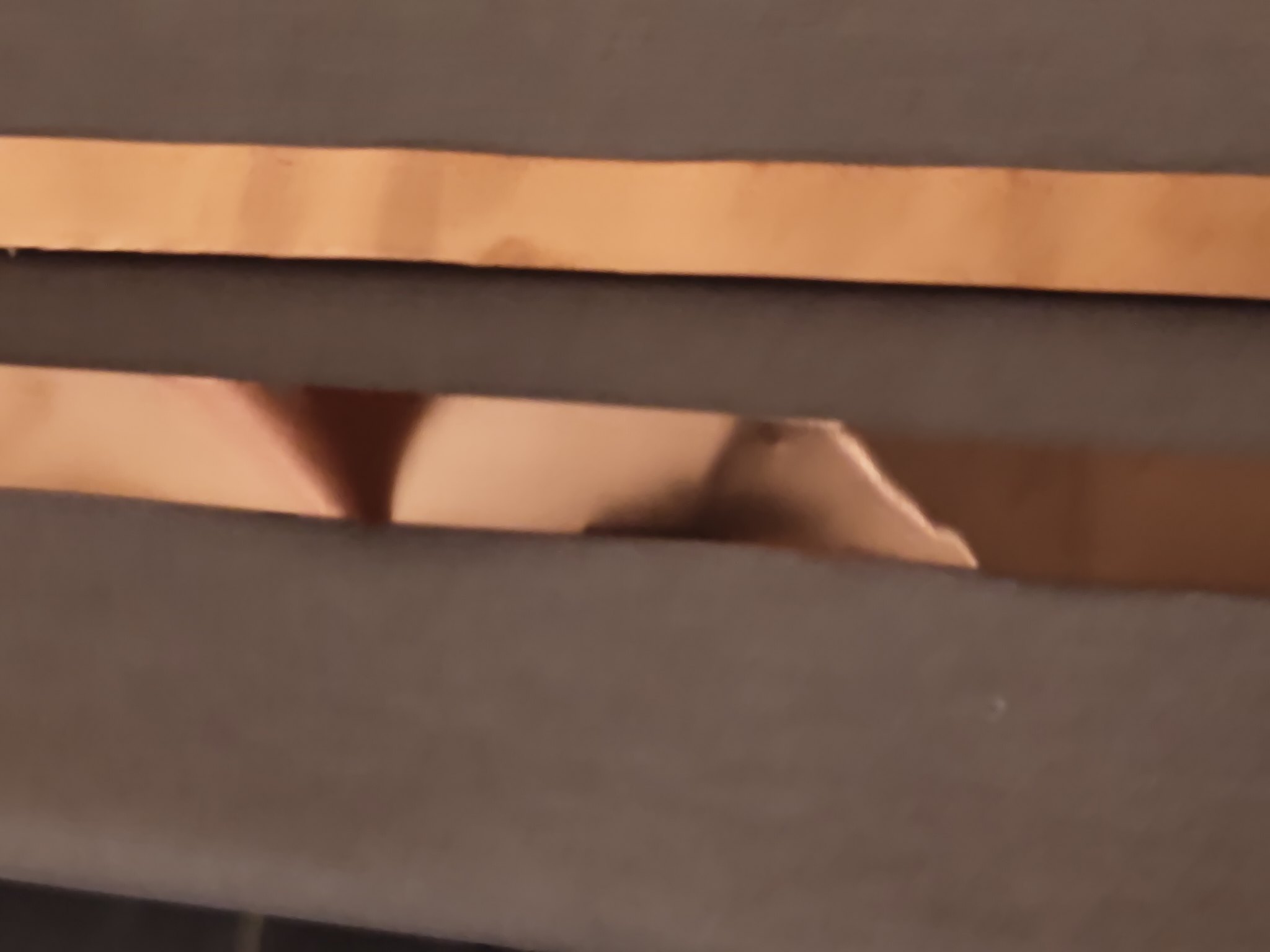 IMG_20230907_215529496
IMG_20230907_215529496 IMG_20230907_220051185
IMG_20230907_220051185 IMG_20230907_220520355
IMG_20230907_220520355 IMG_20230908_222537783
IMG_20230908_222537783 IMG_20230908_222743191
IMG_20230908_222743191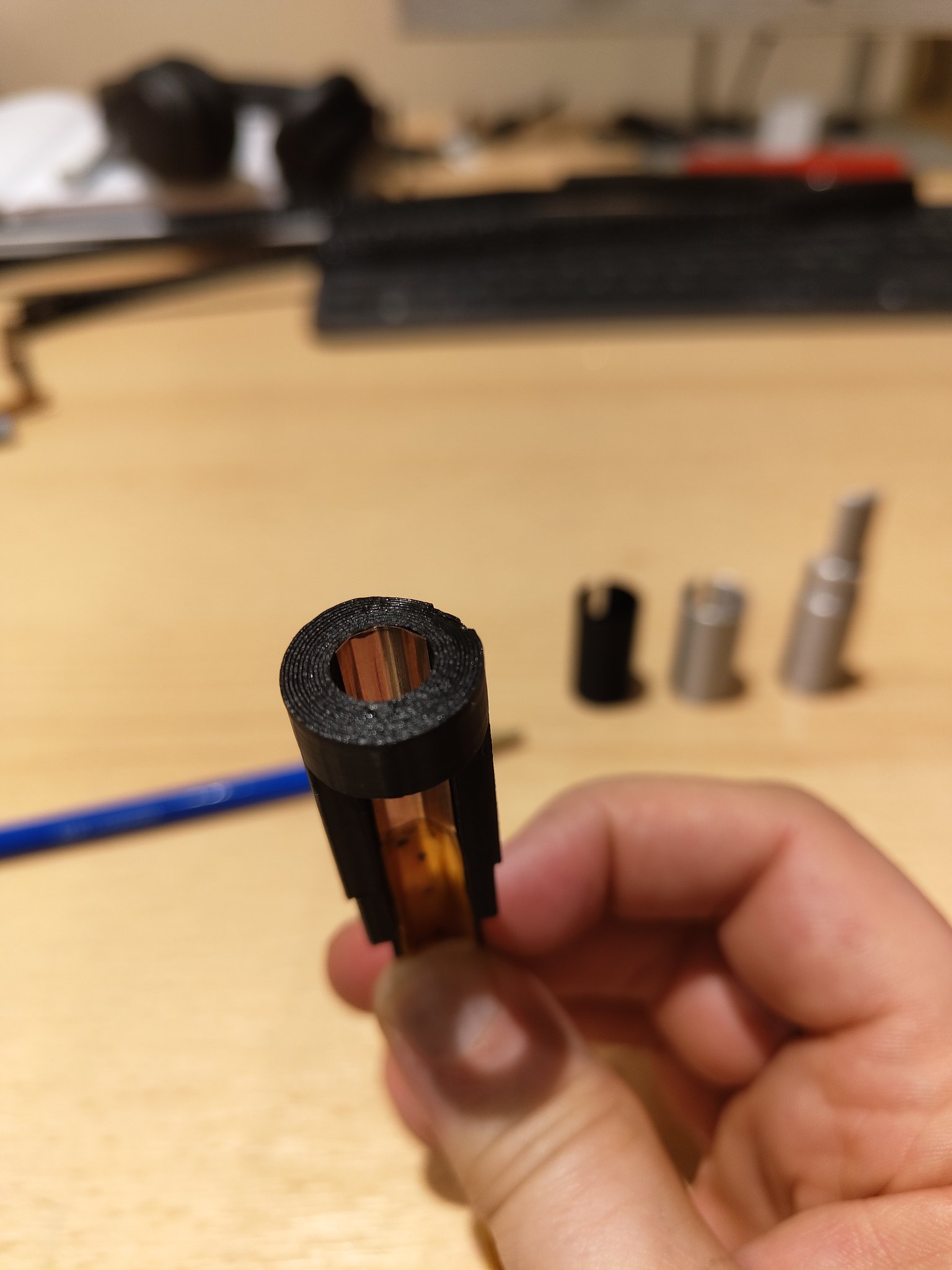 IMG_20230908_222948402
IMG_20230908_222948402 IMG_20230908_223124123
IMG_20230908_223124123 IMG_20230908_223732260
IMG_20230908_223732260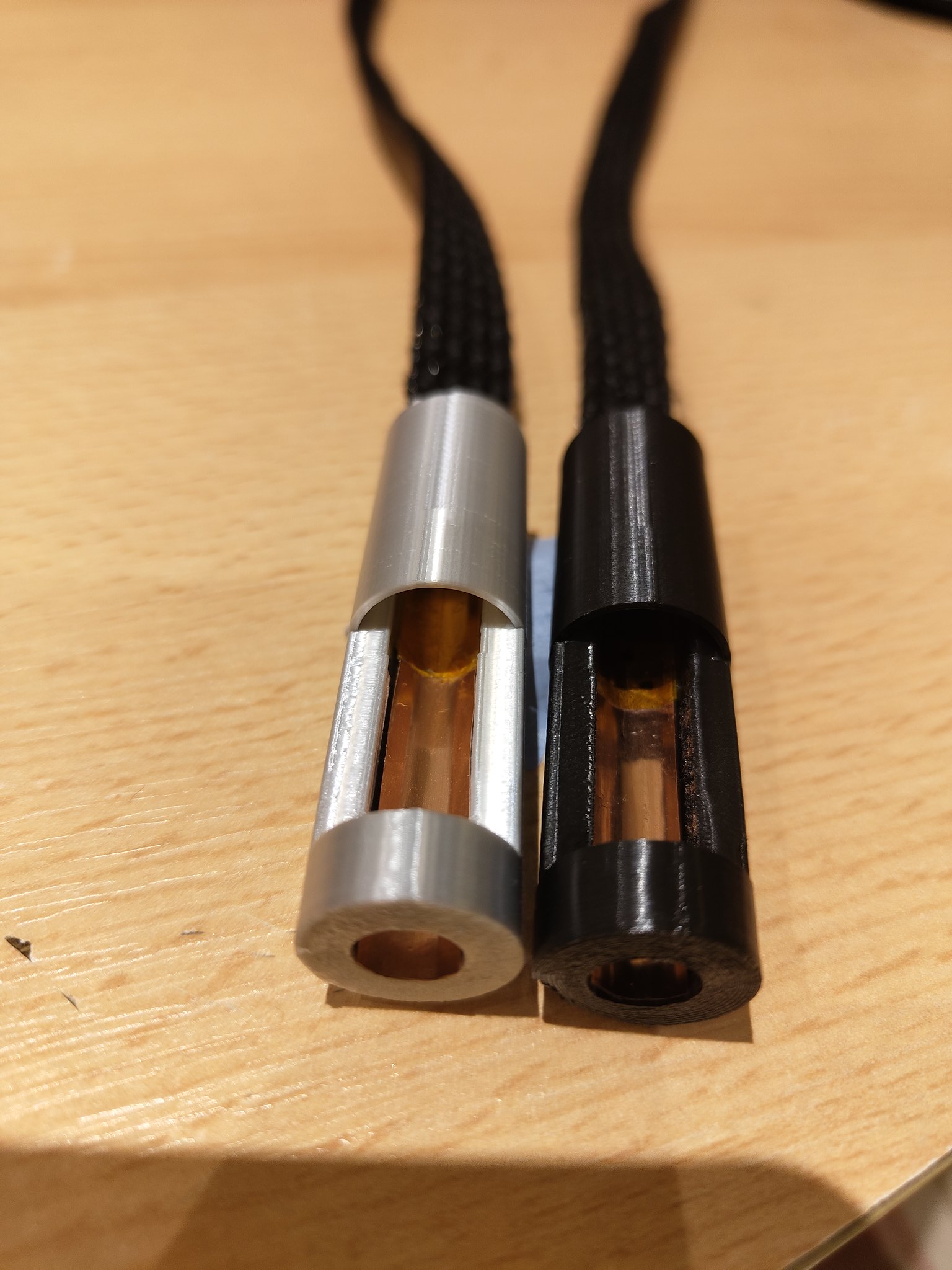 IMG_20230908_224244279
IMG_20230908_224244279 IMG_20230910_092540838
IMG_20230910_092540838 IMG_20230910_124729346
IMG_20230910_124729346 IMG_20230910_100808301 (3)
IMG_20230910_100808301 (3)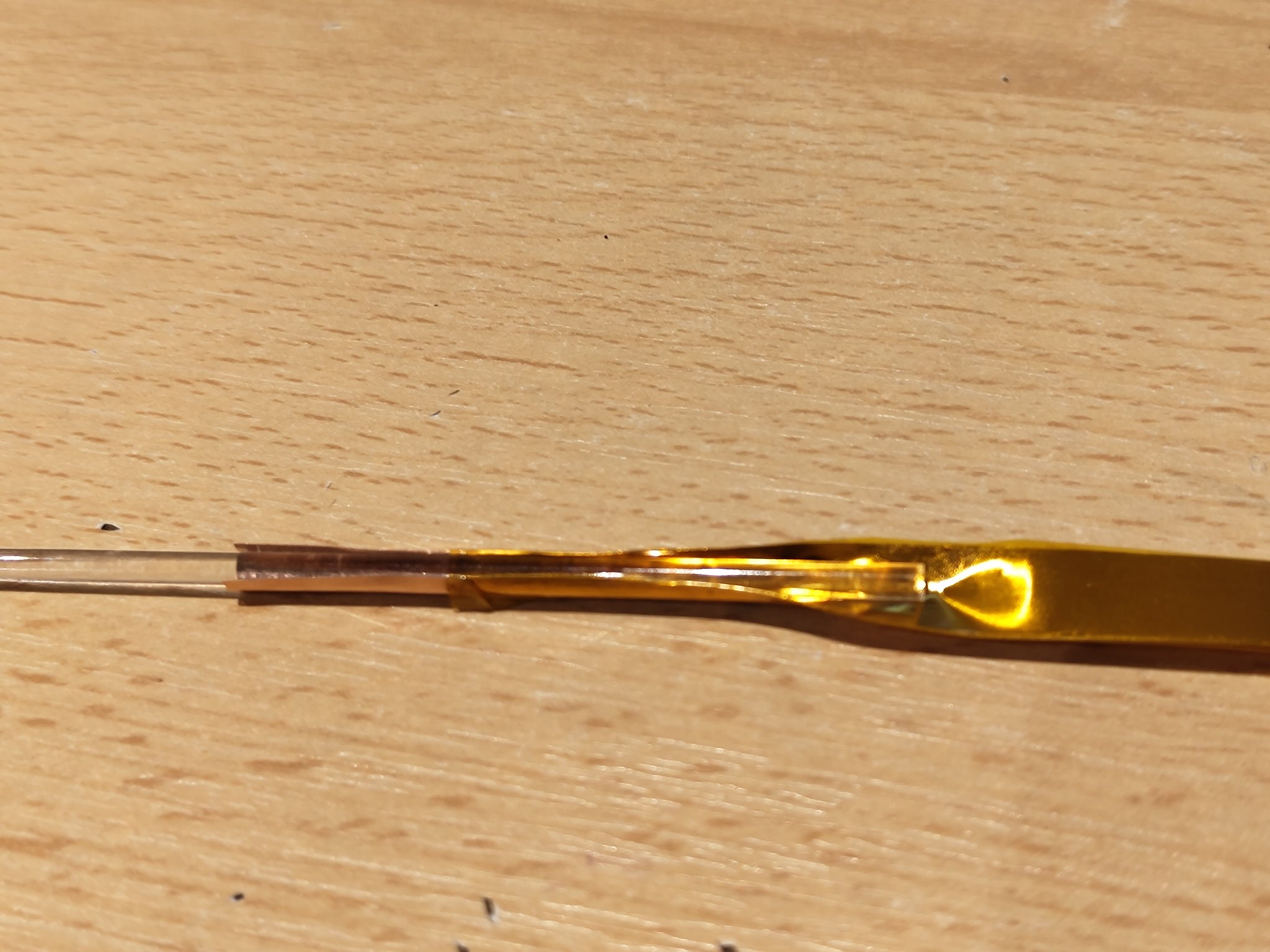 IMG_20230910_101012437
IMG_20230910_101012437 IMG_20230910_101108058
IMG_20230910_101108058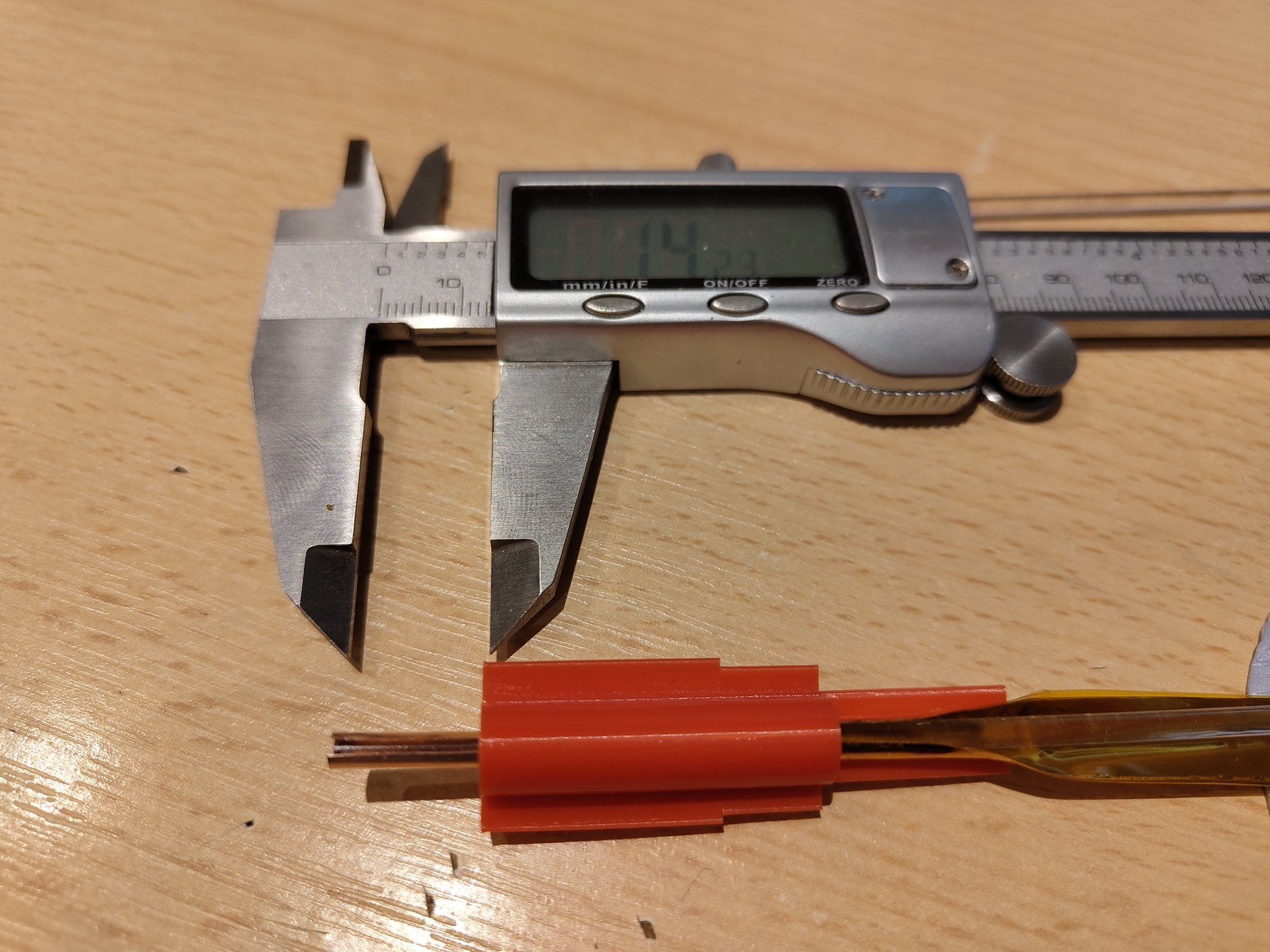 IMG_20230910_101358135
IMG_20230910_101358135 IMG_20230910_101412940
IMG_20230910_101412940 IMG_20230912_161308735
IMG_20230912_161308735 IMG_20230912_161320256
IMG_20230912_161320256 IMG_20230912_161646805
IMG_20230912_161646805